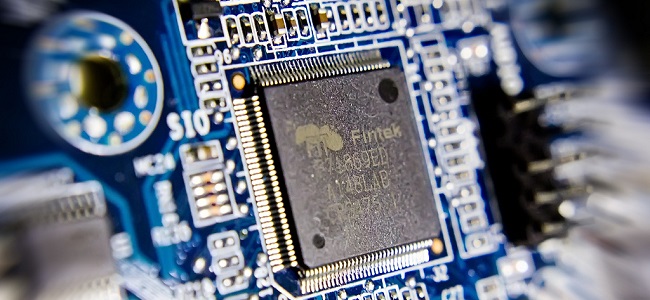My working definition of creativity starts with Sir Ken Robinson’s notion of ‘the process of having original ideas that have value’. Both parts here matter. There should be scope in computing education for pupils to do their own original work, not merely follow the instructions they’re given or make something based on what their teachers have modelled. Yes, this will demand confidence and competence in a range of skills, but the digital tools now at the disposal of pupils in primary schools are far beyond anything my generation might have dreamed of when we were their age.
It’s also important that pupils’ work be of value; that it be as good as it can be. The provision of digital media helps here. A pupil can easily revise and improve their work: evaluation, debugging and iterative development are essential parts of how software gets written, in the ‘real world’ and in school computing.
I’d go somewhat further than Sir Ken though; I would argue that creativity has to involve making something; not necessarily a physical artefact, but designing algorithms and making programs, systems and content across a range of digital media will all draw on, and allow pupils to express, their creativity. Making things to show to others, draws on a long tradition in computing education.
Seymour Papert, the inventor of Logo programming, argued that it’s through this process that pupils best come to construct and revise their mental models of the world around them. You can see this when young children play with construction toys, but also when their elders create programs in Scratch or Python, or compose music, create 3D models or computer animations.
These ideas lie at the heart of the approach we’ve taken to the computing curriculum. The focus of almost every unit is a creative, often collaborative, task in which pupils can apply their own originality to challenging projects. These cover both the IT (applications) and CS (foundations) aspects of the new curriculum. Meanwhile it also fully embeds the sort of critical digital literacy which pupils need to consider the implications of technology for themselves and society.
So, for example, pupils in Year 1 produce their own talking book, in Year 3 they create videos and scripted animations, in Year 5 they write their own computer games and an e-safety website. In all these units, there’s a process of designing, implementing, reviewing and, often revising the way in which software and digital content are developed beyond the classroom. The creative work resulting from these projects, and pupils’ reflections on this, also provides ample evidence of attainment in relation to the content of the new curriculum.
Do you use, or will you be using, similar tactics? Let us know in the comments.


















